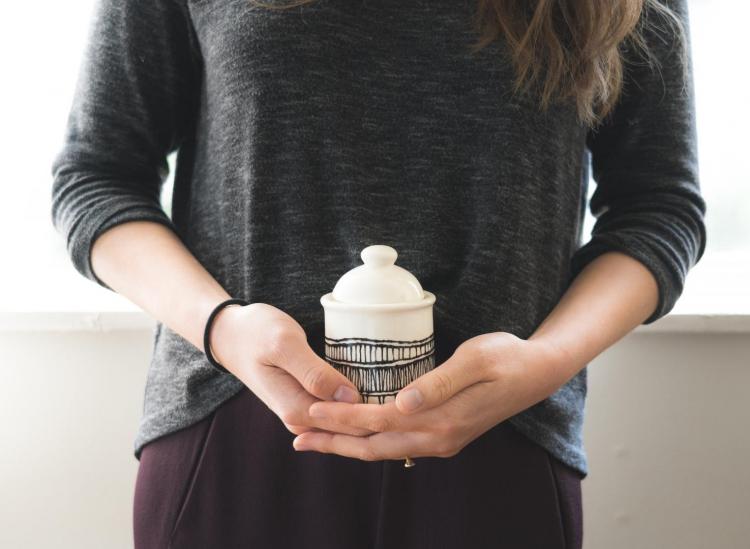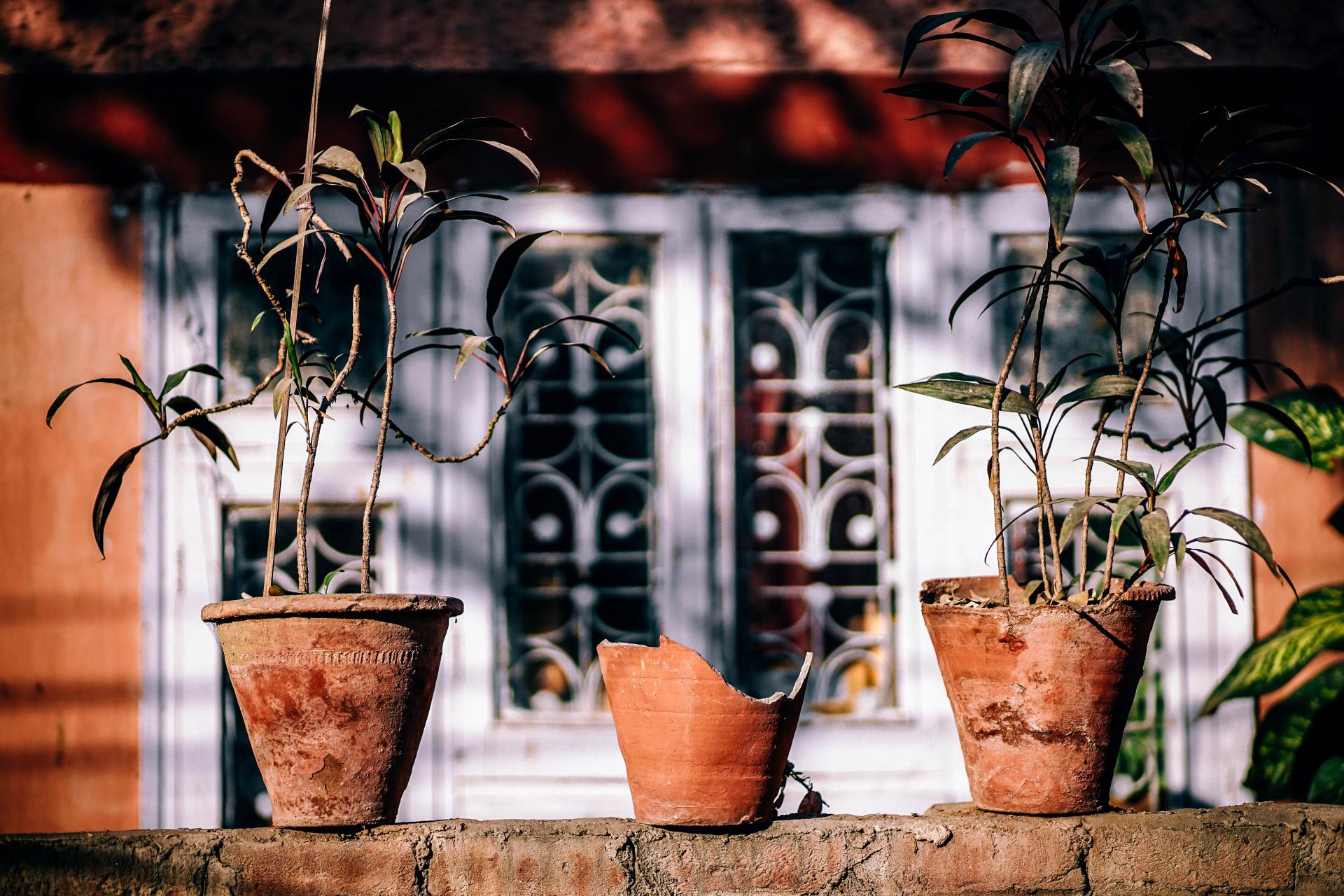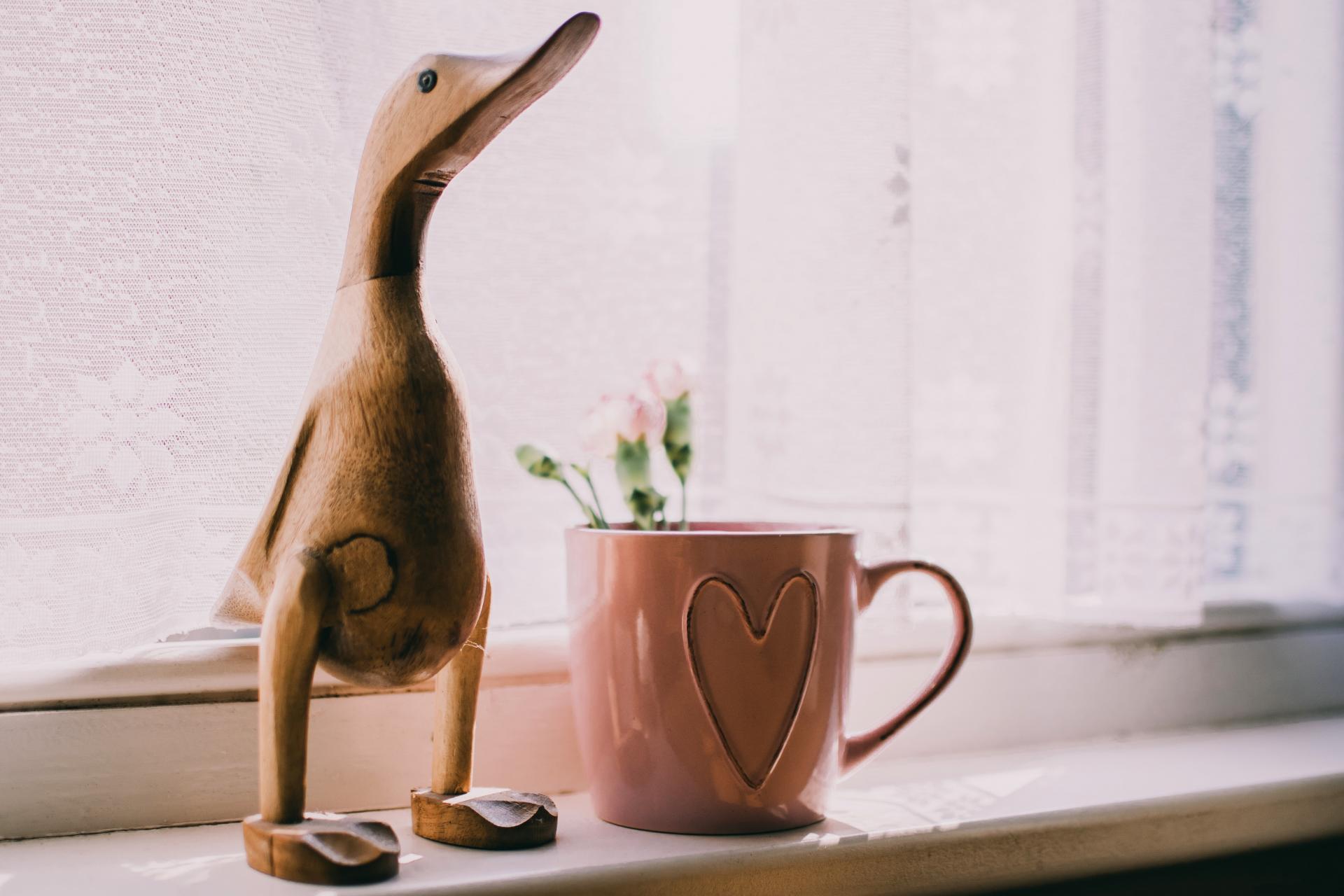5 Ways The Japanese Art Of Kintsugi Can Help You Heal And Grow

Unsplash/Timothy Choy
You might have noticed the word “kintsugi” floating around the lifestyle space over the past few months, which is due largely in part to food and wellness blogger Candice Kumai. Earlier this year, she published “Kintsugi Wellness,” her new book that focuses on incorporating this Japanese philosophy into everyday life, no matter who you are. But what is kintsugi exactly?
Kintsugi is a centuries-old Japanese method used to repair broken pottery. After mixing real gold powder with a lacquer or resin, they artfully glue the pieces of pottery back together, leaving a noticeable seam of gold where the breaks initially occurred. The result is so beautiful that these pieces of pottery become local treasures, and others intentionally break their artwork to have it healed by this transformative, golden glue.
Curious about how this literal art of repair can be translated to how you treat yourself? Here are five ways the Japanese art of kintsugi can help you heal and grow from the things that initially break you down.
1. Honor your imperfections.
If you learn to see your scars as beautiful golden seams that hold the current version of you together in the orientation that best serves you, they suddenly feel a lot less flawed. We are all repaired pieces of pottery with glittering hems in different places, serving as reminders of our journeys through life.

Pexels
2. Use your scars as reminders of your resilience.
Your broken edges don’t make you broken. They make it evident how you’ve overcome the harsh realities of this world, and that sense of resilience is what keeps you going day after day. So feel those jagged seams of your story every once and a while and enjoy the sense of empowerment they can provide you.
3. Acknowledge that you are forever a work in progress.
Just as your cracks remind you of where you’ve been, they can be a lovely reminder of how much you have left ahead of you. Just like those marks will never truly fade, you will never stop growing and learning and changing and evolving. So embrace the constant that is change, and know that always being a work in progress is a symptom of simply being alive.

Pexels
4. Accept the things you cannot control.
Just like how you can’t change your past, you can’t decide how others around you are going to feel or behave. So take pause and know that it’s not your responsibility to remedy the personal struggles of others all the time. It’s only your responsibility to react in a way that best serves you and go from there.
5. Remember to practice gratitude.
At the end of the day, all of these little pieces lead back to one thing: a sense of thankfulness for your individual journey, how it’s shaped you into the person you’ve become thus far and how it will transform you each day in the future into the person you will be. You’ll only accrue more cracks and breaks over time, but that just means you’ll get to be mended by that much more gold.
RELATED
6 Cozy Ways To Embrace Hygge In The Office
Lagom Is The Latest Lifestyle Trend You Need To Know About
7 Reasons Taking A Solo Vacation Is One Of The Best Ways To Help Yourself Heal











